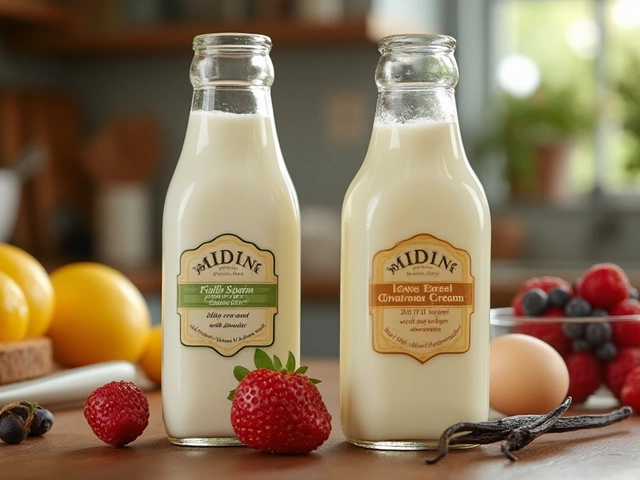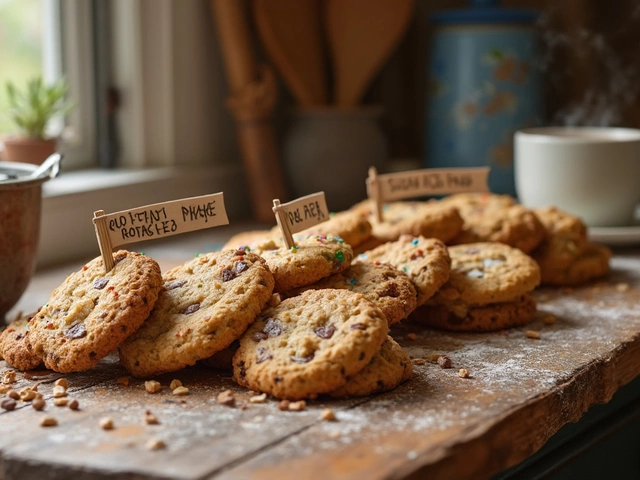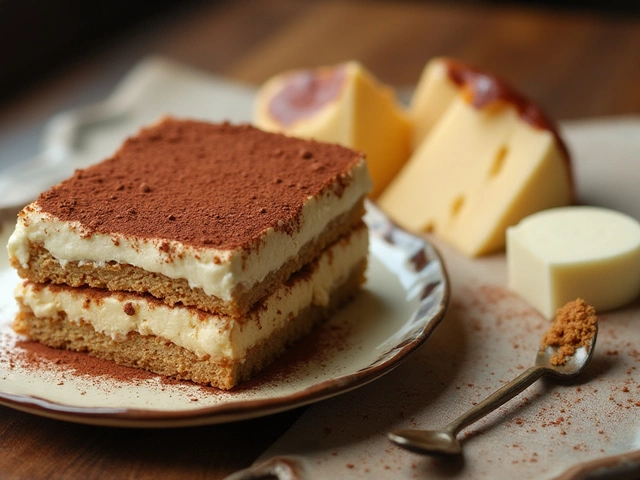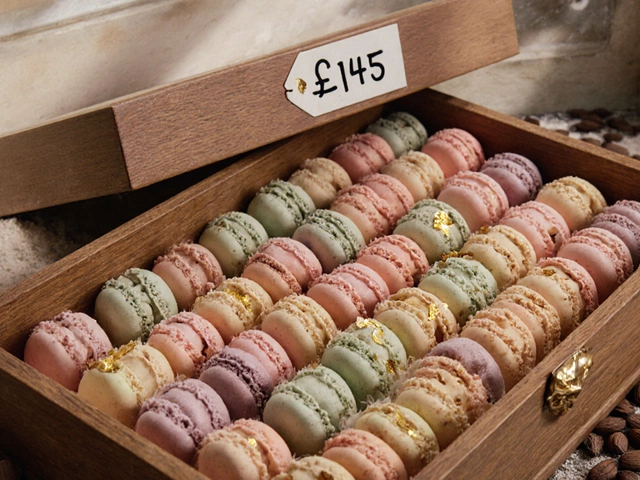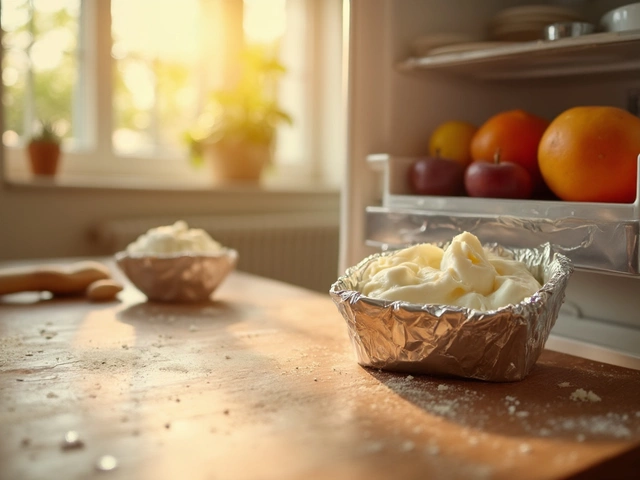Brownie History: How a Happy Accident Became a Worldwide Favorite
Ever wonder why brownies feel like a comfort food that’s been around forever? The truth is, they’re actually a 20th‑century invention that started by mistake. Back in the early 1900s, a busy New York hotel kitchen tried to make a small, dense chocolate cake for a dinner party. The baker ran out of leavening, so the batter stayed flat and fudgy. Guests loved the bite‑size, chocolate‑rich squares, and the “brownie” was born.
First Printed Recipes and Early Names
The first known brownie recipe appeared in the 1906 edition of Boston Cooking School Magazine. It called the treat a “Brownie” and described it as a “chocolate cake without a crumb.” A year later, the St. Nicholas Magazine printed a similar recipe, but it was called a “chocolate brownie.” These early versions were dense, almost cake‑like, and often topped with a thin chocolate glaze. The name stuck, and the word “brownie” soon became synonymous with any small, chocolate‑flavored bar.
How Brownies Evolved Over the Decades
During the 1920s and 1930s, home bakers began tweaking the original recipe. Adding more butter and sugar turned the texture from cake‑like to the chewy, fudgy bite we love today. The first “fudge brownie” showed up in a 1938 cookbook, merging the richness of fudge with the convenience of a brownie. By the 1950s, nuts, caramel swirls, and chocolate chips were common add‑ins, giving rise to the countless variations you see now.
Post‑World War II, packaged brownie mixes hit supermarket shelves. Brands marketed them as a quick, kid‑friendly treat, cementing brownies as a staple for birthdays, potlucks, and midnight cravings. The mix era also sparked a boom in creative twists—gluten‑free, vegan, and even brownie‑cake hybrids.
In recent years, social media has turned brownies into an artistic canvas. People are frosting them, topping them with fruit, or even layering them with cheesecake. Yet, the core idea remains the same: a simple, chocolate‑packed square that’s easy to make and impossible to resist.
If you’re wondering whether your brownies have gone bad, look for signs like an off smell, visible mold, or a dry, crumbly texture. Proper storage in an airtight container at room temperature keeps them fresh for about a week. Freeze them in a zip‑lock bag for longer keeping—just thaw at room temperature before serving.
So next time you bite into a brownie, remember you’re tasting a piece of culinary history that started as a kitchen slip‑up and grew into a global favorite. Whether you stick to the classic recipe or add your own twist, you’re continuing a tradition that’s over a century old.
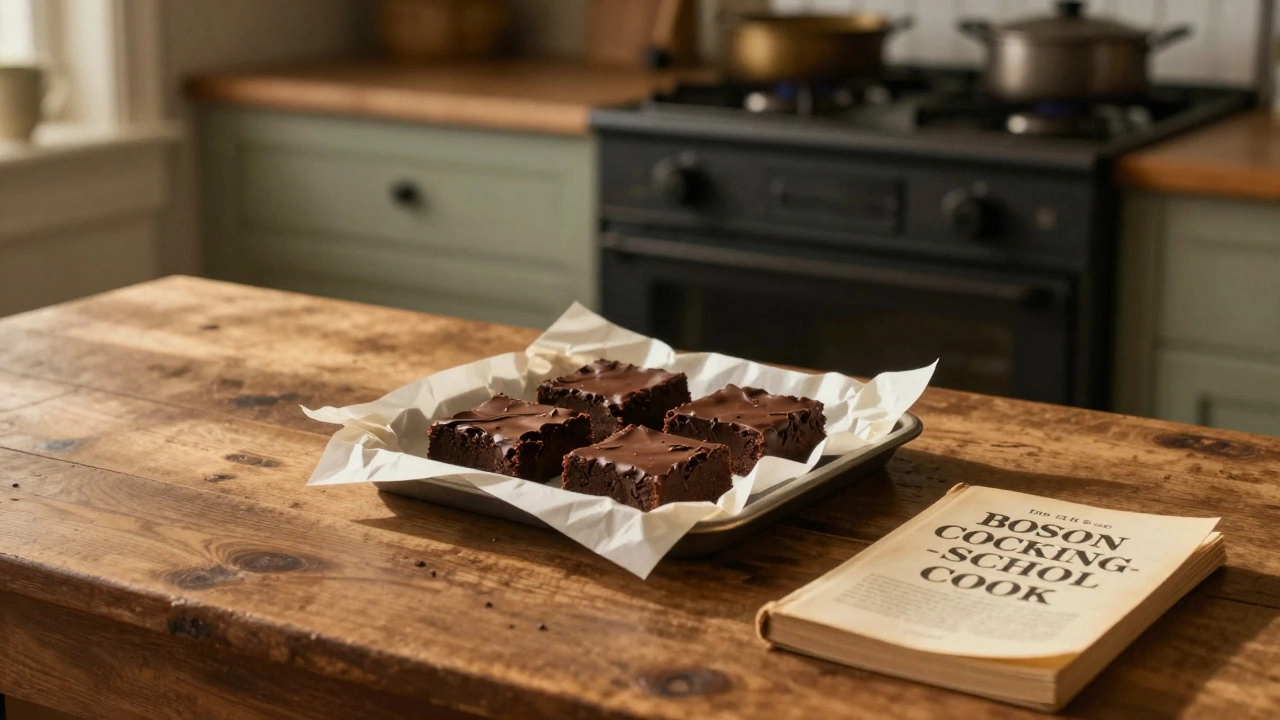
What Does the Name Brownie Mean? The Surprising Origin of a Beloved Treat
The name 'brownie' isn't just about color-it's tied to a 19th-century children's book and American baking culture. Discover how this simple dessert got its iconic name and why it stuck around the world.
View More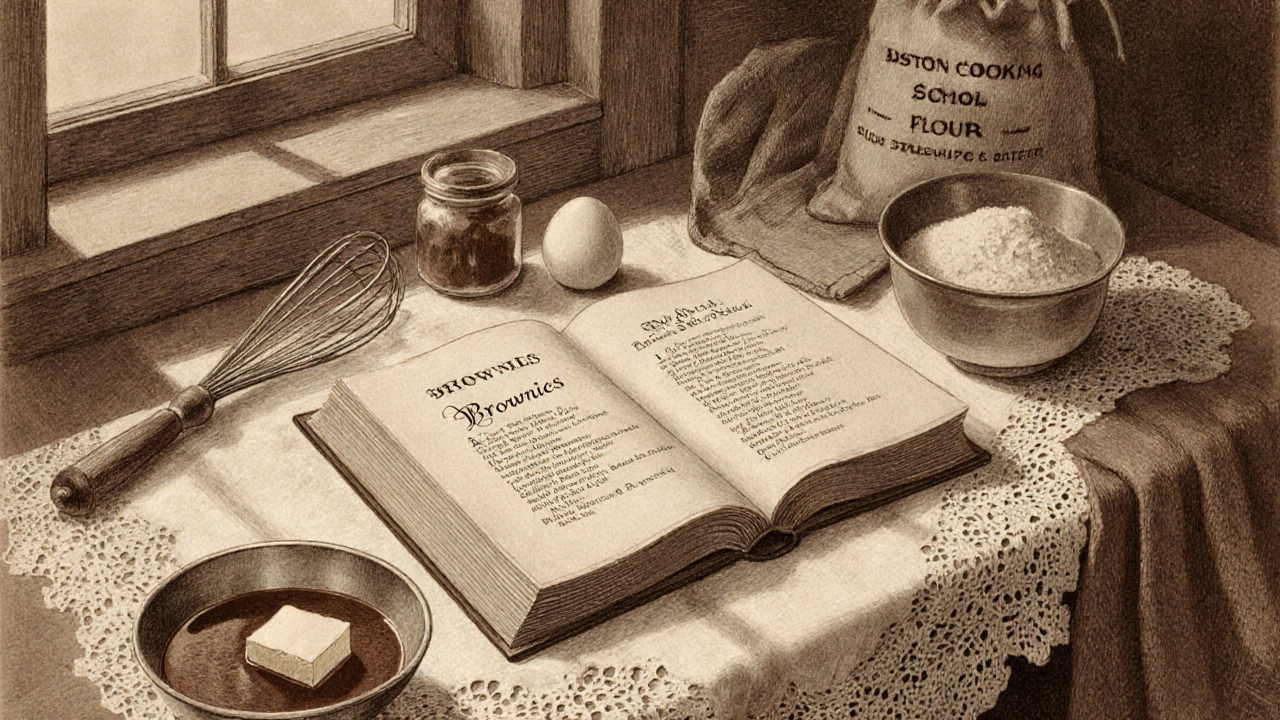
Who Invented the Brownie? Origin Story and First Recipes
Discover who invented the brownie, the earliest recipes, and how the iconic chocolate treat evolved from 1896 cookbooks to modern variations.
View More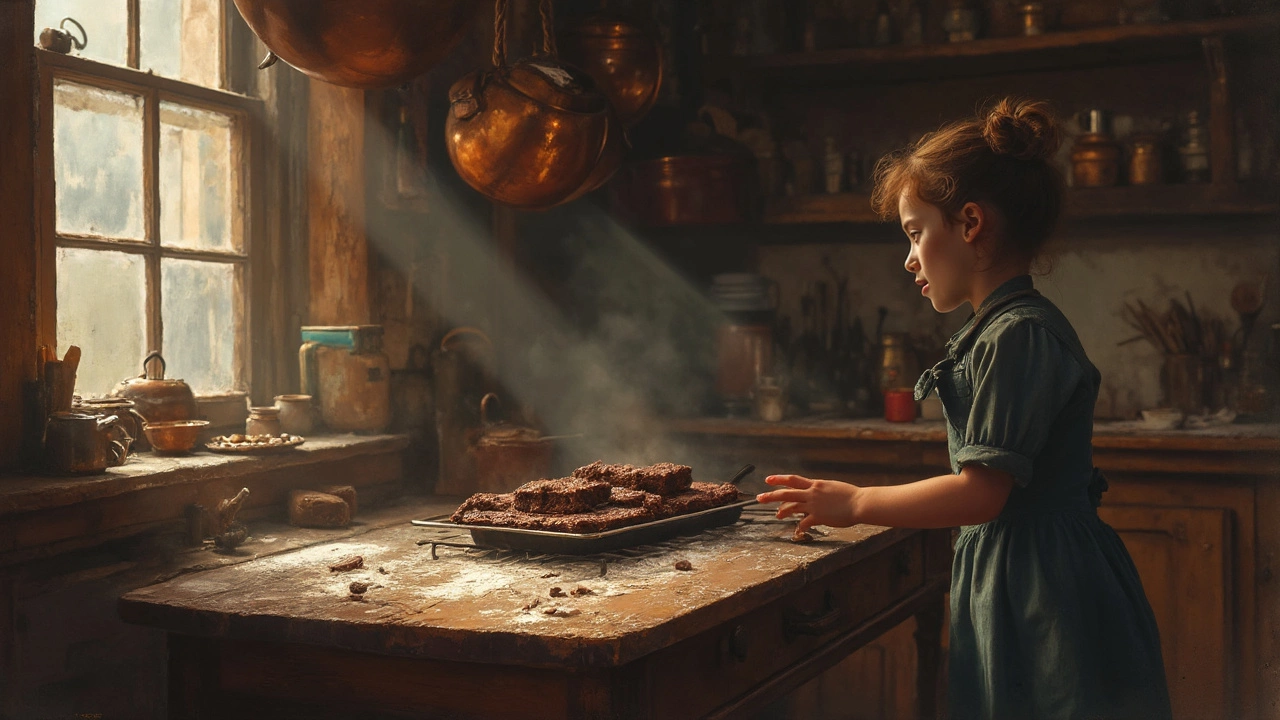
Brownie Origins: Where Did This Chewy Classic Come From?
Curious about where the beloved brownie came from? This article uncovers the story behind its origins, dispels old myths, and shares some cool tidbits about its journey to dessert fame. Expect useful details for both curious foodies and home bakers. Get a quick guide on how brownies went from a kitchen mistake to an international favorite. Perfect read if you love brownies as much as I do.
View More
